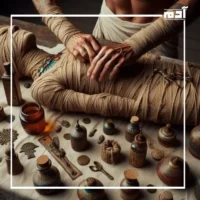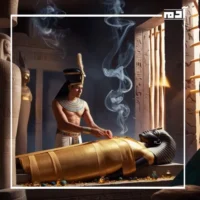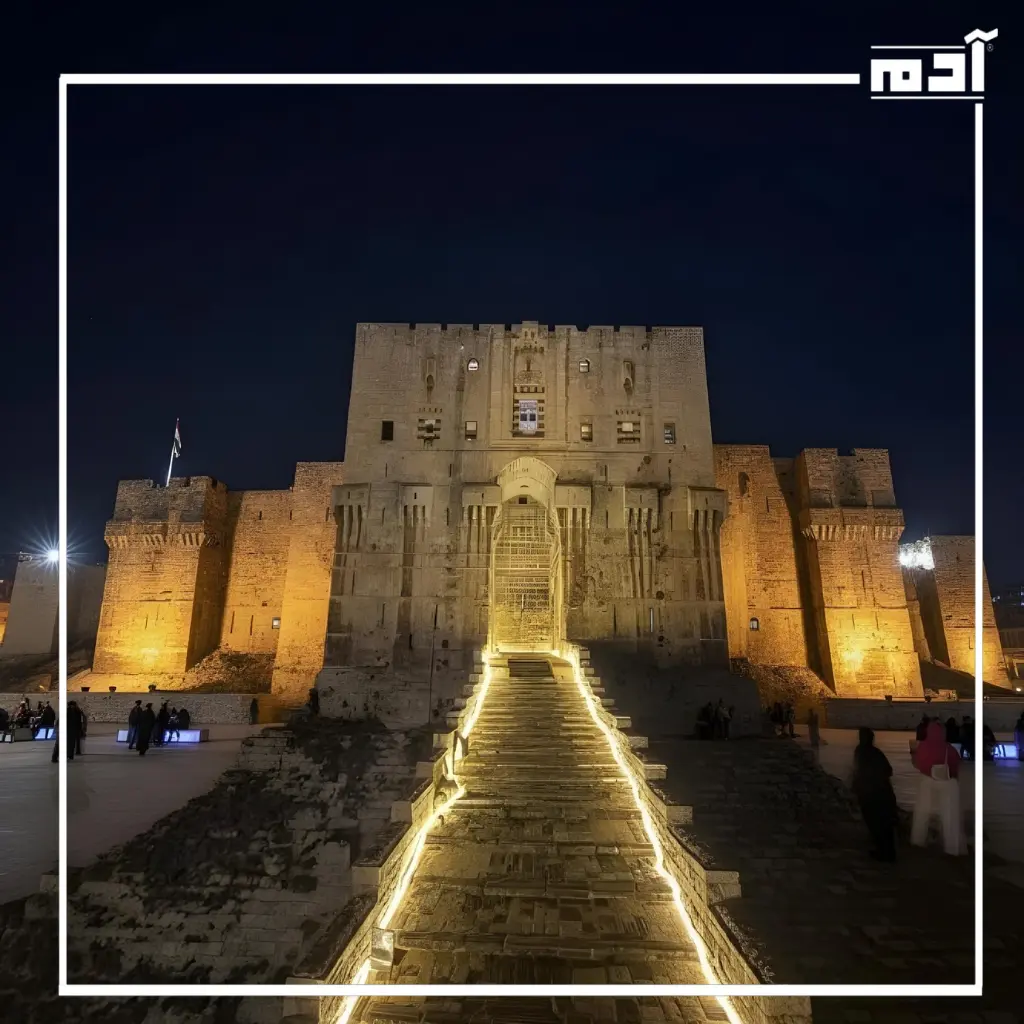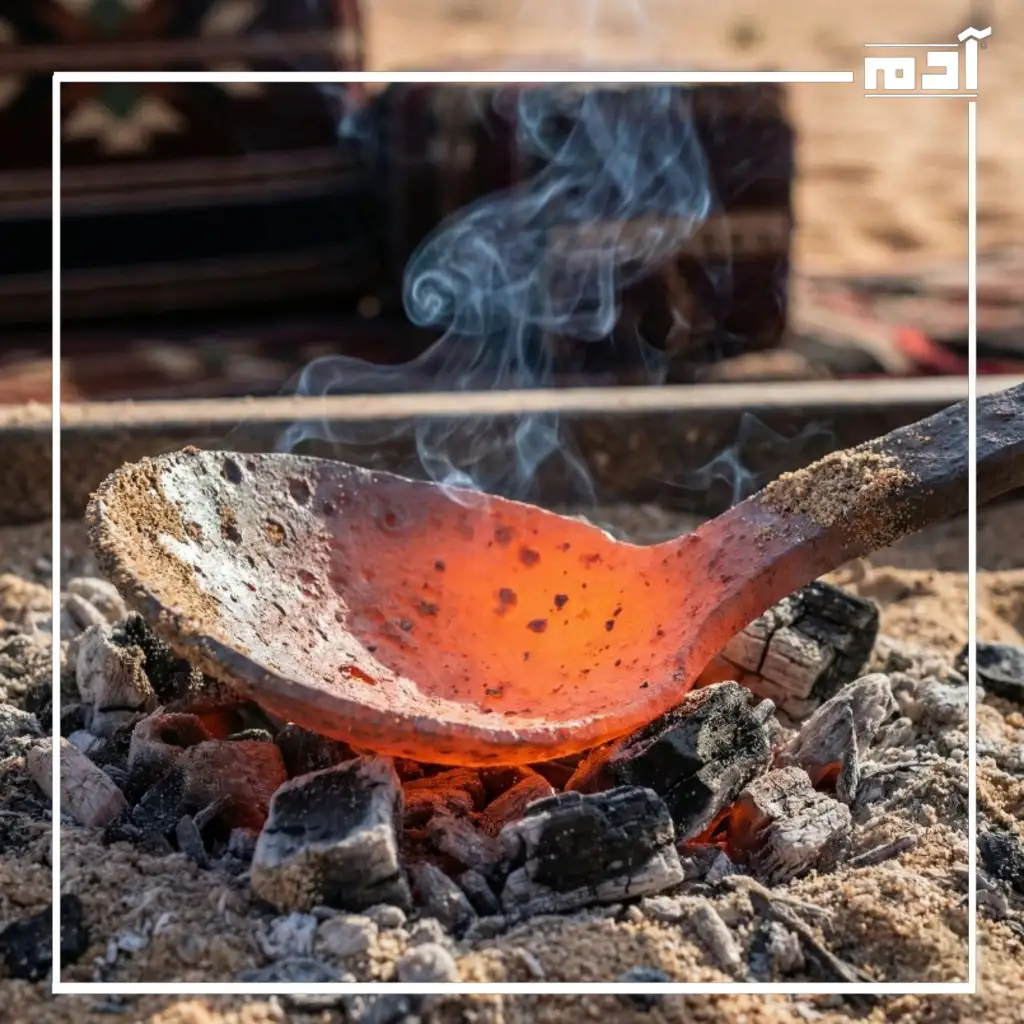The ancient Egyptians are famous for their complex and mysterious process of mummification, a practice deeply intertwined with their beliefs about the afterlife. This article delves into the secrets of this harrowing process, exploring the techniques, religious significance and lasting legacy of this ancient art.
The Origins of Mummification:
Mummification in ancient Egypt began around 2600 BCE, during the Fourth and Fifth Dynasties of The Old Kingdom, Initially, natural mummification occurred due to the dry, arid climate of Egypt, Over time, Egyptians developed more sophisticated methods to preserve the body, ensuring the deceased’s safe passage to the afterlife.

Read Also: Sharm El Sheikh The City of Peace 2022
:The Mummification Process
This process was complex and lengthy, usually taking about 70 days, and involved several main steps:
:Removal of Internal Organs
The embalmers first removed the internal organs, which were believed to be susceptible to rapid decay, The brain was extracted through the nostrils using a hooked instrument, while other organs were removed via an incision in the abdomen. These organs were then preserved separately in canopic jars.
:Desiccation
The body was then dehydrated using natron, a natural salt mixture, which helped in preventing decomposition, The body was covered in natron for about 40 days until all moisture was removed.

:Wrapping
After desiccation, the body was meticulously wrapped in linen strips. Amulets and charms were placed between the layers to protect the deceased in the afterlife, The wrapping process was accompanied by prayers and rituals performed by priests.
:Final Rites
The mummy was placed in a decorated coffin or sarcophagus, ready for burial in a tomb along with various goods and offerings intended for use in the afterlife.
:Religious Significance
This process was not only physical preservation but also spiritual preparation., The ancient Egyptians believed in the concept of ka, ba and akh – components of the soul that require the body to be healthy for a successful transition to the afterlife, this process ensured that the deceased could live forever with the gods.
Modern Discoveries and Techniques:
Advancements in modern science have allowed us to uncover more about mummification, Techniques such as CT scans and DNA analysis have provided insights into the health, diet, and diseases of ancient Egyptians, These discoveries have also revealed variations in mummification practices over different periods and among different social classes.

The secrets of ancient Egyptian mummification continue to fascinate us, offering a glimpse into a civilization that placed immense importance on life after death, Through ongoing research and technological advancements, we continue to unravel the mysteries of this ancient practice, enriching our understanding of Egypt’s rich cultural heritage.
Read Also: Dior Shines in Egypt 2022
Written By: Mohamed Belal.



